A native of Roanne, Jean Puy trained in Lyon under Tony Tollet before joining the Académie Julian in Paris, where he became a pupil of Eugène Carrière and met Matisse, Derain and Manguin. Exhibiting at the 1905 Salon d’Automne, he emerged as one of the leading figures of Fauvism, later evolving toward a luminous naturalism inspired by the Mediterranean and by a quest for inner harmony.
Painted in 1919, this Vase of Flowers belongs to the period of renewed attention to the motif that followed the war – a moment of calm in which Puy explored the density of matter and the vibration of colour. The bouquet, rising from a dark jug set on a pale table, seems animated by a living breath. Reds, yellows and pinks interlace in broad, thick strokes enlivened with fresh greens and muted mauves. The background, brushed in violet diagonals, merges with the floral mass – no division between subject and space, but a continuous chromatic field.
The composition, built around the central axis of the vase, conveys a measured tension between structure and spontaneity. Light arises from the colours themselves; it radiates from the bouquet rather than illuminating it. This painting perfectly illustrates Puy’s transition – from the brilliance of Fauvism to a more intimate language in which colour becomes a personal expression.
Represented in major French and international museums – from Paris (Musée d’Art moderne, Centre Pompidou, Petit Palais) and Saint-Tropez to the Metropolitan Museum of Art in New York and the Hermitage Museum in Saint Petersburg – Jean Puy holds a central place in the history of Fauvism and early-twentieth-century French painting.





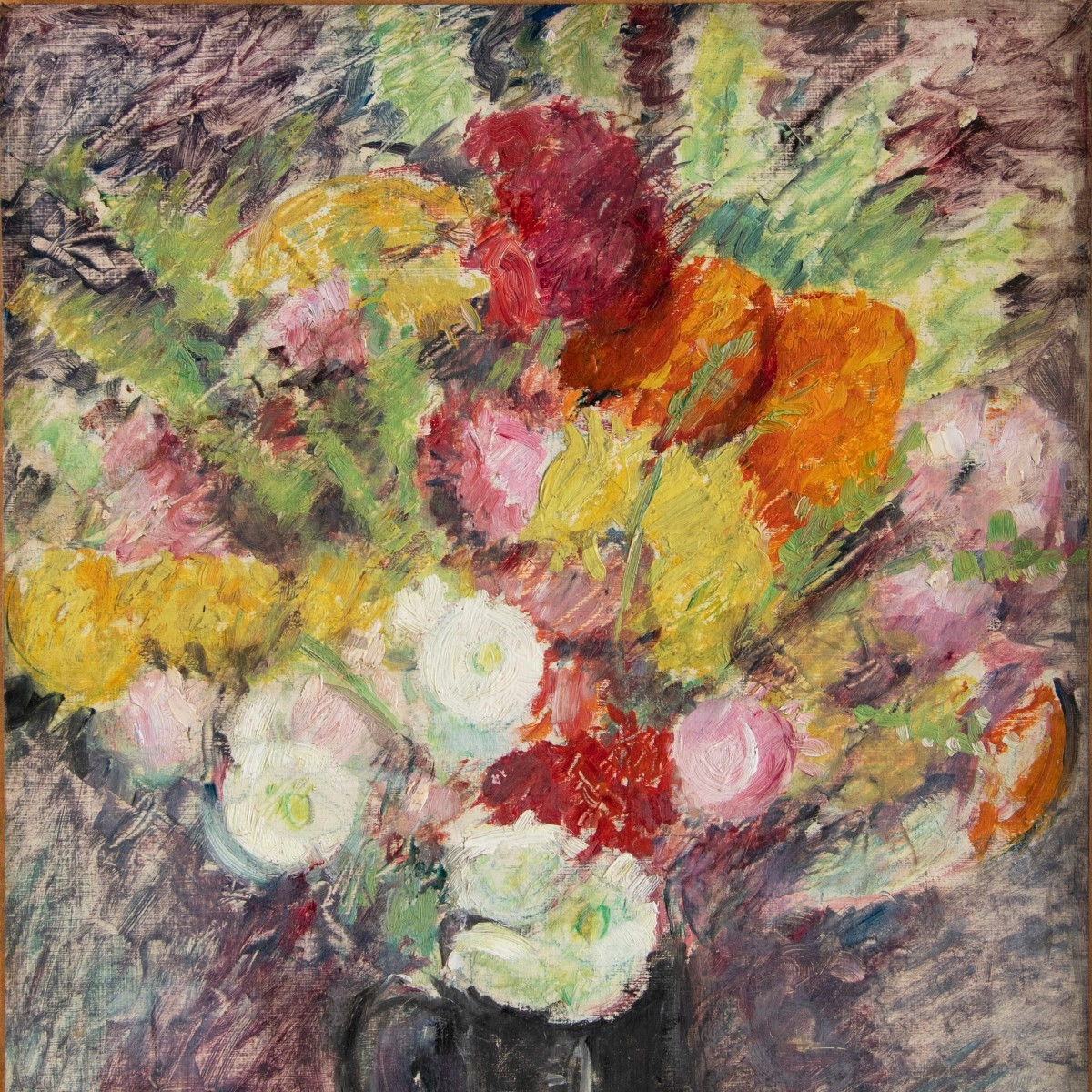














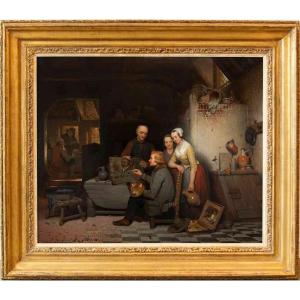


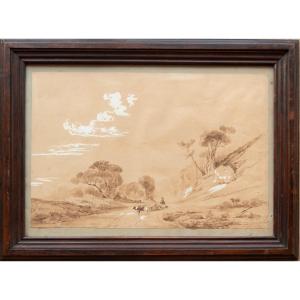
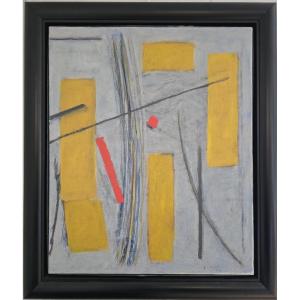







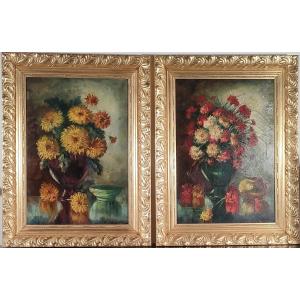
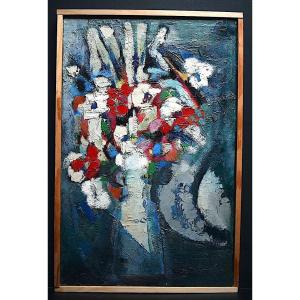
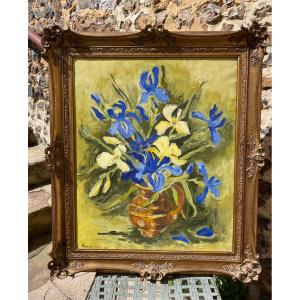

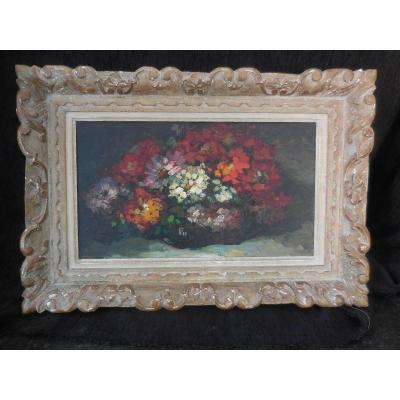



 Le Magazine de PROANTIC
Le Magazine de PROANTIC TRÉSORS Magazine
TRÉSORS Magazine Rivista Artiquariato
Rivista Artiquariato